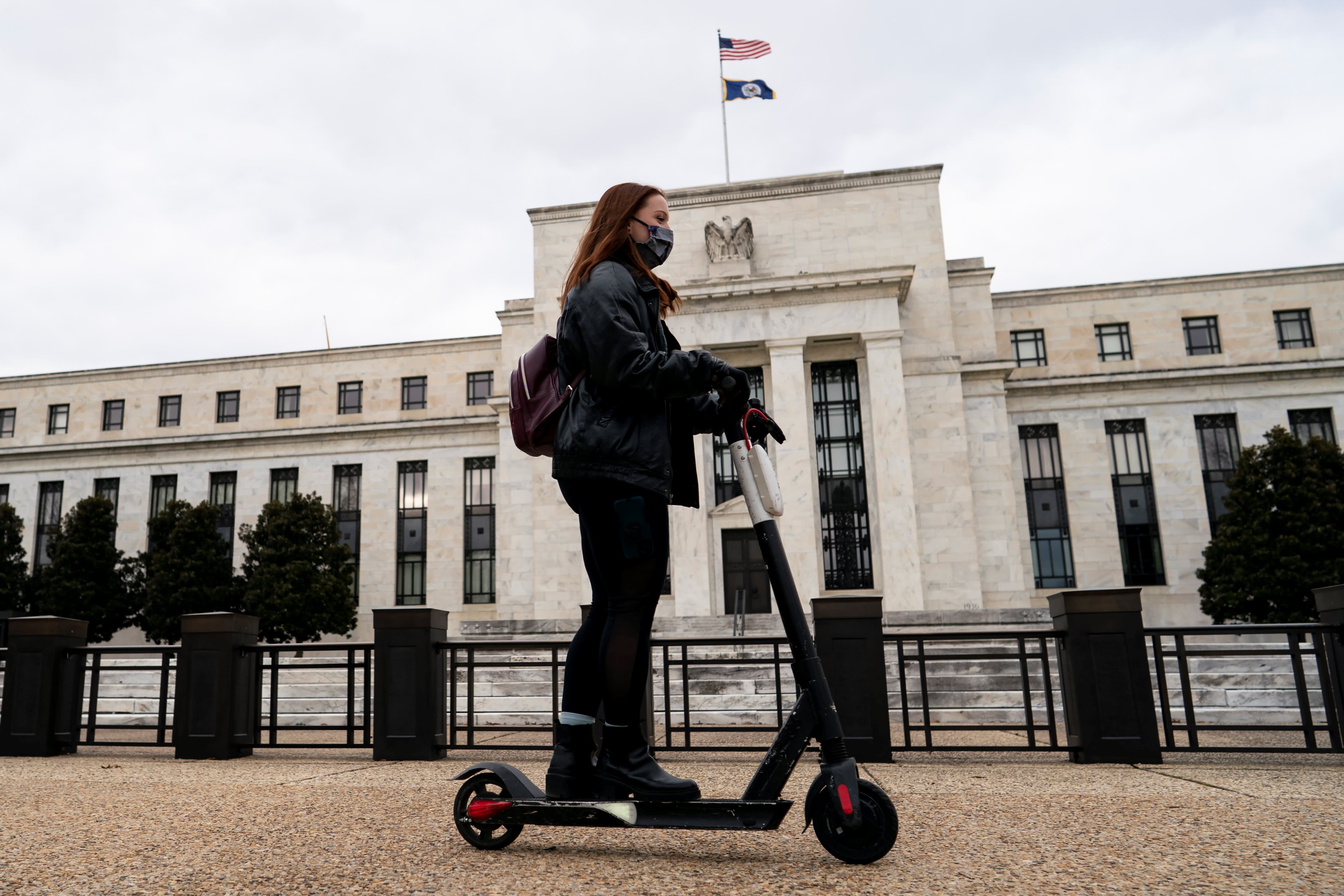The Federal Reserve has a “staggering” lack of diversity among its directors who are charged with running the central bank’s 12 districts, according to a report Tuesday from a leading Washington think-tank.
“The Federal Reserve System … has a diversity problem,” said the Brookings Institution report, authored by economists Peter Conti-Brown and Kaleb Nygaard. “This has long been obvious at the top of the organization, among the members of the Fed’s Board of Governors and the presidents of the Federal Reserve Banks.”
While those top Fed officials are “overwhelmingly white, overwhelmingly male,” the report said, the problem also extends into the boards of directors at the local operations, where “we find a staggering homogeneity among them, with only recent signs of diversification.”
Directors also are “overwhelmingly drawn from the business communities within their districts, with little participation from minorities, women, or from areas of the economy—labor, nonprofits, the academy—with important contributions to make to Fed governance.”
The report notes that in the central bank’s history, there have been just three Black members of the Fed’s Board of Governors, one Black regional president and only three nonwhite regional presidents.
There currently are two female Fed governors out of six—Lael Brainard and Michelle Bowman—and three female regional presidents out of 12—Esther George in Kansas City, Loretta Mester in Cleveland, and Mary Daly in San Francisco. There is only one Black regional president, Raphael Bostic in Atlanta.
The report suggests the Fed make the selection process for directors “more transparent” so it can be evaluated in how members are selected.
“There is also a sense that these principals are overwhelmingly promoted from within, creating a risk for groupthink and intellectual homogeneity,” Conti-Brown and Nygaard wrote.
Fed officials did not immediately respond to a request for comment.
Fed officials have been challenged repeatedly over the lack of diversity within their ranks.
In 2016, a group of legislators penned a letter to then-Chair Janet Yellen, the only woman ever to lead the central bank, asking for more diversity.
Now the Treasury secretary, Yellen is a former senior fellow at Brookings, and former Fed Chairman Ben Bernanke also is a fellow at the think tank.
“When the voices of women, African-Americans, Latinos, and representatives of consumers and labor are excluded from key discussions, their interests are too often neglected,” the legislators’ letter said.
The issues run deeper than the top, though.
An examination by the authors, using of the Fed’s own research, shows that women and minorities have been underrepresented on the regional boards going back to the bank’s inception in 1914.
Those boards elect the regional presidents that help the governors make decisions on interest rates and other aspects of monetary policy.
No nonwhites served as Fed governor until the late 1970s, and they had less than 10% representation at the director level as late as the latter part of the last decade. It took until the 1990s until women made up 10% of directors, with the total hitting 37% as of 2019.
The study also found the manufacturing sector underrepresented and said just 5% of directors held a PhD in economics.
Enjoyed this article?
For exclusive stock picks, investment ideas and CNBC global livestream
Sign up for CNBC Pro
Start your free trial now
